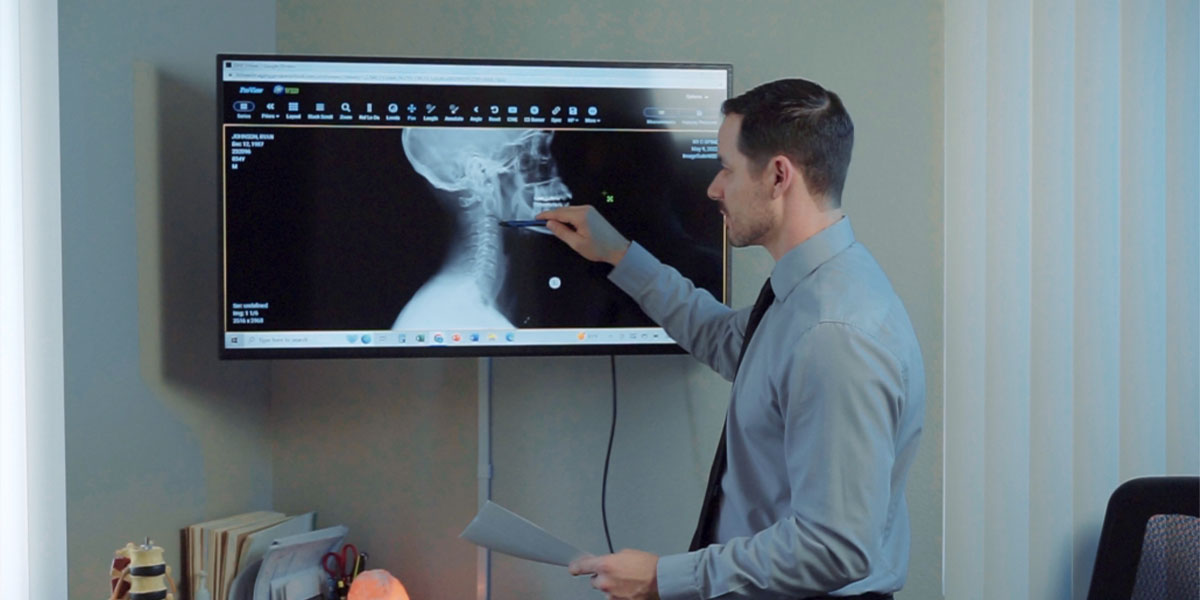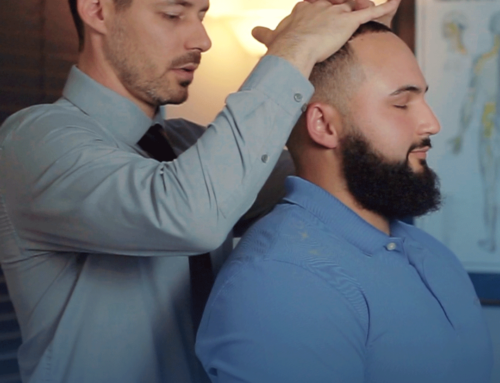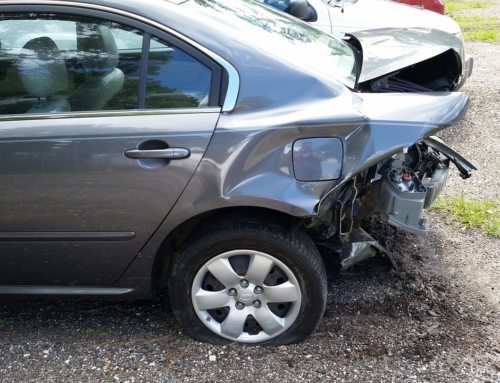You may not think about your flexibility until you begin to lose it. But range of motion is vital in many parts of everyday life – from bending to pick up a package to playing with children or carrying groceries. Those who play sports or like to remain active are especially aware of their level of flexibility, but it is essential for everyone who wants to live without pain or discomfort.
No matter your profession or favorite pastime, whether you are still young or simply young at heart – you need flexibility to comfortably and painlessly participate in life. When your limbs, back, and neck operate with maximum flexibility, you experience unrestricted movement. And while few adults are as flexible as they were when they were 20, working towards an optimal capability of motion at any age is recommended.
A loss of flexibility adds stress all over the body, from overall bodily structure to connecting tissues. Cartilage health is compromised when an adequate range of motion is absent, since needed fluid and blood supply cannot efficiently reach your joints. When movement is impaired, some muscles grow fatigued as other muscle groups overcompensate. Putting the body back into balance is therefore important not only for flexibility but overall health and wellness.
Using Chiropractic to Increase Flexibility
Your comprehensive wellness depends on many factors, but maintaining a flexibility is essential as it contributes to the quality of life. If your ligaments, tendons, muscles, and bones are not functioning as they should, it affects all aspects of daily life. Chiropractic spinal adjustments can help avoid imminent health problems and improve your range of motion.
An individual experiencing a limited range of motion may benefit significantly from chiropractic care. Treatment typically involves a thorough examination of the large and small muscle groups, taking into consideration family health history and patient feedback regarding any areas of pain or limited flexibility.
There are several classifications of range of motion. Passive range of motion speaks to the ability of your body to move comfortably when manipulated by someone else. The patient remains relaxed while the chiropractor assesses movement in and around the joints. Active-assistive range of motion indicates that the injured area of your body can move by itself but needs assistance. A chiropractor can assess the active-assistive range of motion and facilitate movement to avoid further damage to the injured area. An individual’s active range of motion indicates their ability to move independently using their own muscles.
The parts of the body most commonly affected by a restricted agility and flexibility include:
- Lower back
- Hamstrings
- Shoulders
- Spine
- Neck
- Hips and pelvis
The joints play a critical role in flexibility and range of motion. Therefore chiropractic adjustments and other manual therapies, such as stretching and massage, can stimulate increased flexibility in the affected area and restore functionality.
Make it a Habit
While many people seek care when they are injured or experiencing a decreased range of motion, seeing a chiropractor when you are healthy is recommended. Regular chiropractic treatments make detecting changes to the range of motion possible before they become a bigger problem. When flexibility falls below an established baseline, your chiropractor can proactively determine if any health problems are developing and address the situation before it worsens.
Dr. Ryan Johnson treats Sarasota residents utilizing traditional methods and innovative, cutting-edge techniques. If you live locally or are visiting the region, call today to learn more about supporting your flexibility and achieving optimum holistic health.




